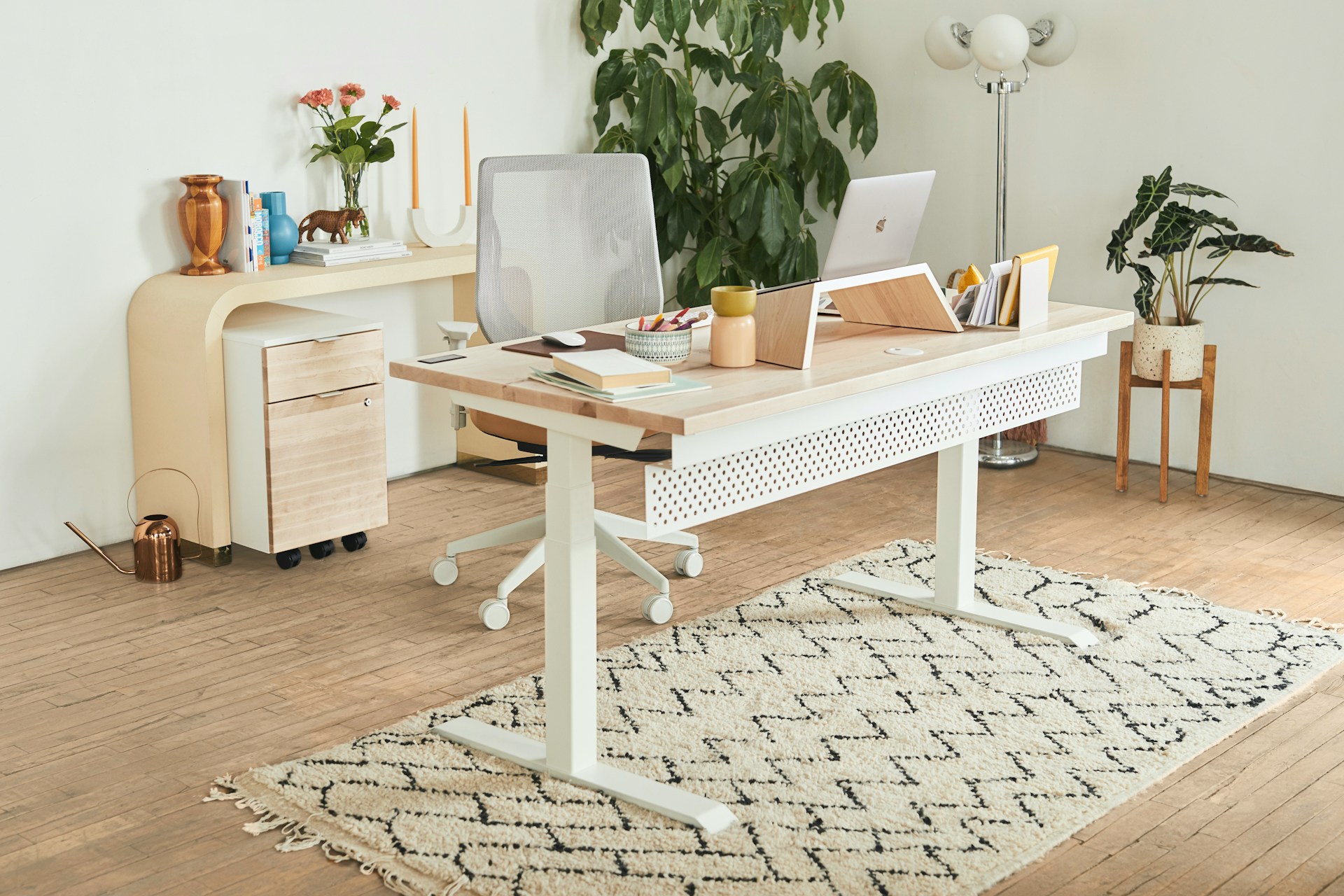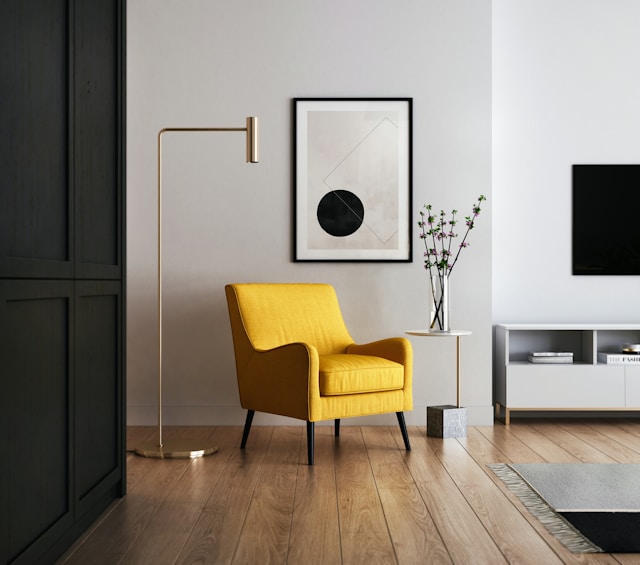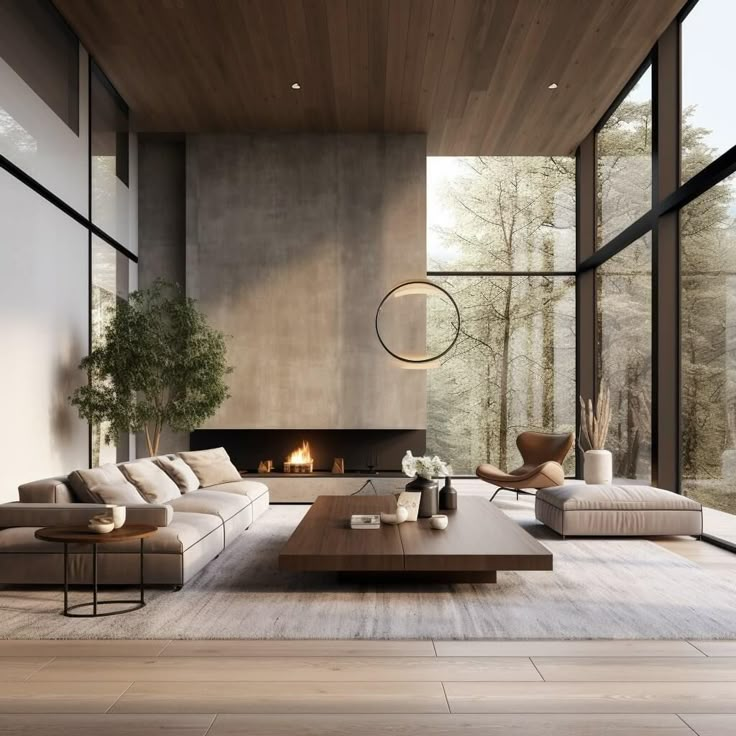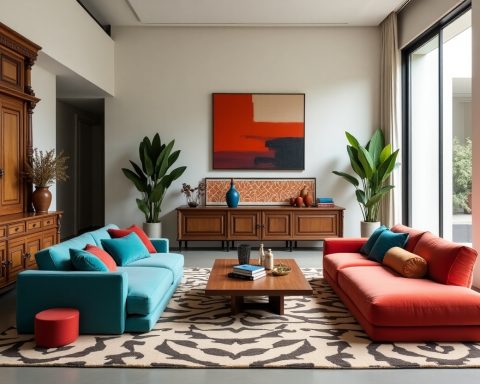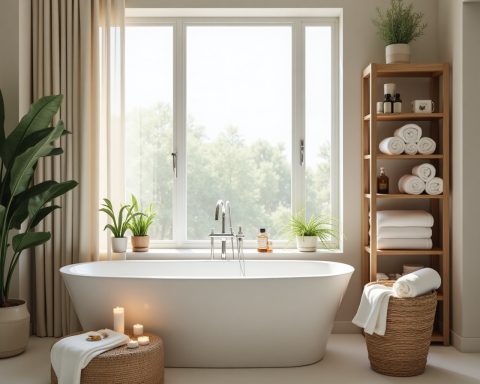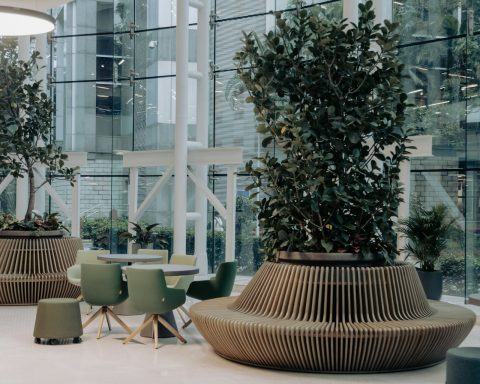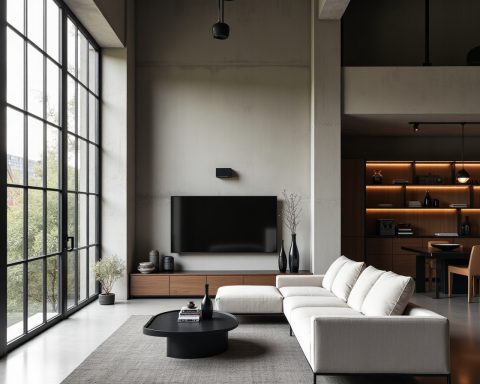In today’s fast-paced digital world, where remote work has become the new norm, having a thoughtfully designed home office is no longer just a luxury—it’s an essential part of maintaining focus, efficiency, and overall well-being. Whether you’re working from home full-time, running a business, or managing freelance projects, the space you work in plays a vital role in your productivity and mental clarity. A well-crafted home office setup can help reduce distractions, improve posture and comfort, and create an inspiring environment that keeps you motivated throughout the day. From choosing ergonomic furniture to incorporating calming colors and personal touches, every detail contributes to a workspace that supports your goals and fuels your creativity. In this guide, we’ll explore expert tips and design ideas on how to create a functional and stylish home office that not only looks great but actually makes you want to sit down and get to work.
Choose the Right Location for Maximum Focus
The foundation of a productive home office begins with selecting the right location. This decision has a direct impact on your ability to concentrate, stay motivated, and maintain a healthy work-life balance. Whether you’re repurposing a spare bedroom, converting an attic, or carving out a quiet corner in your living room, the location you choose sets the tone for your entire workday.
Natural light is essential for both productivity and mood. Try to position your desk near a window to allow natural daylight to flood your workspace—this reduces eye strain, boosts energy levels, and even enhances your overall mood and mental clarity.
Steer clear of high-traffic areas like the kitchen, TV room, or children’s play zones. These areas tend to be noisy and distracting, making it harder to focus. Instead, opt for a quieter part of your home where interruptions are minimal.
If you’re working in a shared or multi-purpose room, consider installing room dividers, bookshelves, or curtains to visually separate your workspace. This helps establish clear boundaries between your professional life and personal space, which is crucial for remote work success.
Invest in Ergonomic Furniture for Health and Comfort
Comfort and posture are often overlooked, but they’re vital for long-term health and sustained productivity when working from home. Investing in high-quality ergonomic office furniture is one of the best ways to prevent discomfort, fatigue, and even chronic injuries associated with prolonged sitting.
Start with an ergonomic office chair that offers lumbar support, adjustable seat height, and armrests to promote a healthy sitting posture. Pair it with a spacious desk that comfortably fits your laptop, monitor, keyboard, and any other essential accessories without feeling cramped.
Consider adding a sit-stand desk or a height-adjustable desk converter to switch between sitting and standing throughout the day, which helps reduce back pain and boosts circulation.
Don’t forget small but impactful accessories like footrests, wrist supports, and monitor risers to fine-tune your setup. These tools help align your body correctly and reduce strain on joints and muscles, creating a comfortable and efficient workspace.
Design With a Clean, Minimalist Aesthetic
Visual clutter can be just as distracting as noise or poor lighting. A clean, minimalist design not only looks aesthetically pleasing but also promotes focus, reduces stress, and creates a calm, controlled atmosphere that’s ideal for getting work done.
Stick to a neutral color palette—think whites, beiges, grays—with occasional pops of color through art, accessories, or indoor plants. This helps maintain visual harmony while preventing overstimulation.
Choose multifunctional furniture with built-in storage compartments to keep your workspace tidy and organized. Hidden drawers, cable cutouts, and desktop organizers help reduce clutter and eliminate distractions.
Make smart use of vertical space by installing wall-mounted shelves, pegboards, or hanging organizers. This keeps your desk surface clear and maximizes storage without taking up floor space.
A well-organized, minimalist office isn’t just stylish—it’s a productivity powerhouse.
Add Personalized Touches to Boost Mood
Your home office should reflect your personality and inspire you to do your best work. Adding personalized décor creates a sense of ownership and comfort that can improve your mood and keep motivation levels high.
Display artwork that resonates with you or fuels creativity, whether it’s abstract prints, motivational quotes, or photographs of places that spark joy.
Incorporate indoor plants, such as succulents, peace lilies, or pothos. These not only add visual appeal but also purify the air and introduce a calming, natural element to your space.
Showcase certificates, awards, or vision boards that remind you of your goals and achievements. This daily visual reinforcement can keep your ambitions front and center.
Remember: this isn’t a sterile corporate cubicle—it’s your command center, designed to energize and empower you every single day.
Maximize Lighting for Productivity
Lighting is a make-or-break element in any home office setup. The wrong lighting can cause headaches, eye strain, and fatigue, all of which negatively impact your concentration and performance.
Start with ample natural lighting by working near windows during daylight hours. Supplement this with task lighting, such as adjustable LED desk lamps that allow you to direct light exactly where you need it.
Layer your lighting for both function and ambiance. Combine overhead ambient lighting with softer accent lights to create a comfortable environment for different times of the day.
Opt for daylight-mimicking LED bulbs with a color temperature between 4000K and 5000K. This neutral-white range enhances alertness and visual clarity without the harshness of cool blue or the warmth of yellow tones.
Avoid dimly lit spaces or outdated fluorescent lighting—your eyes (and productivity) will thank you.
Prioritize Technology and Cable Management
Technology is the engine that powers your remote workflow. Whether you’re attending video calls, managing spreadsheets, or designing digital content, your tech setup must be both reliable and well-organized.
Begin with the basics: high-speed Wi-Fi is non-negotiable for seamless virtual meetings and cloud-based work. Consider adding a backup power solution like an uninterruptible power supply (UPS) to stay connected during outages.
Use a docking station or USB hub to streamline connections between your laptop and peripherals like monitors, keyboards, printers, or hard drives.
Tidy up your cords and cables using cable clips, sleeves, or under-desk trays. Not only does this improve aesthetics, but it also prevents tangling and reduces the risk of damaging equipment.
An efficient, organized tech setup minimizes downtime and creates a stress-free work environment.
Soundproof Your Workspace for Silence and Serenity
In a home filled with distractions—from barking dogs to noisy neighbors—soundproofing is essential for maintaining focus and mental calm. Creating a quieter workspace allows you to enter deep work mode and reduce stress from constant interruptions.
Start by adding soft furnishings like rugs, thick curtains, and upholstered furniture, which help absorb sound and minimize echo.
Install acoustic panels or foam tiles on the walls to dampen ambient noise. These are especially useful in small or echo-prone rooms.
For shared spaces or open layouts, noise-canceling headphones can block out background sounds and help you stay in the zone.
If noise leaks in through the door, simple additions like weather stripping or draft stoppers can make a surprising difference in keeping sound out.
Incorporate Smart Storage Solutions
An organized space is an efficient space. Clutter doesn’t just look messy—it creates mental noise that can lower your ability to concentrate and make decisions. Smart storage is the key to maintaining a clean, high-functioning home office.
Use labelled storage bins, baskets, or drawer dividers to group similar items and make them easier to locate.
Incorporate file cabinets or rolling carts to store important documents, office supplies, and electronics out of sight but within easy reach.
Create a designated “daily drop zone” for frequently used items like pens, chargers, planners, and notebooks.
Schedule a weekly decluttering session to keep your workspace clean and prevent mess from building up. Consistency is key when it comes to staying organized.
Create a Distraction-Free Digital Environment
Digital distractions can be just as damaging as physical ones. From endless social media notifications to disorganized file systems, your digital workspace must be just as tidy and intentional as your physical setup.
Start by installing productivity apps such as Notion, Trello, or Asana to organize tasks, set deadlines, and streamline your workflow.
Use dual monitors or ultra-wide screens if your work involves multitasking, coding, design, or heavy research. This helps minimize tab switching and increases efficiency.
Consider tools like website blockers or focus timers (e.g., Pomodoro apps) to keep you on track and away from time-wasting sites.
A distraction-free digital setup is vital for deep work, creative thinking, and high-level productivity.
Design for Flexibility and Movement
Staying seated for long periods can lead to discomfort and health problems over time. Your home office should encourage physical movement and flexibility throughout the day.
Leave enough room in your layout for a yoga mat, standing desk, or compact workout equipment like resistance bands or kettlebells. This makes it easier to sneak in a quick stretch or exercise break.
Incorporate active seating options like balance balls or wobble stools for short intervals to engage your core and improve posture.
Set reminders to take 5–10 minute breaks every hour for stretching, walking, or hydration. These brief resets improve circulation, focus, and mental clarity.
Use Color Psychology to Influence Mood
Color plays a subtle but powerful role in how you feel and function in your workspace. Choosing the right color scheme can positively affect mood, creativity, and focus.
Cool tones like blues and greens are known to enhance calmness and improve concentration, making them ideal for analytical or detail-oriented tasks.
Warm tones like yellow and orange stimulate energy, creativity, and positivity—great for designers, artists, or anyone in a creative field.
Avoid excessive use of bold reds or overly dark tones, which can cause anxiety or feel oppressive in small spaces.
Tailor your color palette to your personal working style and job requirements. A thoughtfully colored environment can subtly elevate your entire workday.
Maintain Air Quality for Mental Clarity
Poor indoor air quality can lead to fatigue, brain fog, and even headaches. Keeping your home office environment fresh and breathable is critical to staying sharp and feeling your best throughout the day.
Use a HEPA air purifier to remove dust, allergens, and pollutants from your workspace. Alternatively, try essential oil diffusers with scents like eucalyptus, peppermint, or lemon for mental clarity and mood elevation.
Open a window periodically to increase ventilation and circulate fresh air.
Add low-maintenance indoor plants such as snake plants, spider plants, or aloe vera. These natural air purifiers also contribute to a more serene, inviting workspace.
End the Day With a Shutdown Ritual
A structured end-of-day routine helps you mentally detach from work and ease into personal time. Establishing a shutdown ritual can prevent burnout and create a clear boundary between your professional and personal life.
Start by closing all browser tabs and digital tools, ensuring no lingering work tasks are left unresolved.
Take a few minutes to tidy up your desk, put away documents, and organize your space for the next day.
Write down a short to-do list or journal a few priorities for tomorrow. This simple act reduces mental clutter and allows you to start fresh in the morning.
Over time, your shutdown ritual becomes a signal that the workday is over, helping you transition smoothly into rest and recharge mode.
